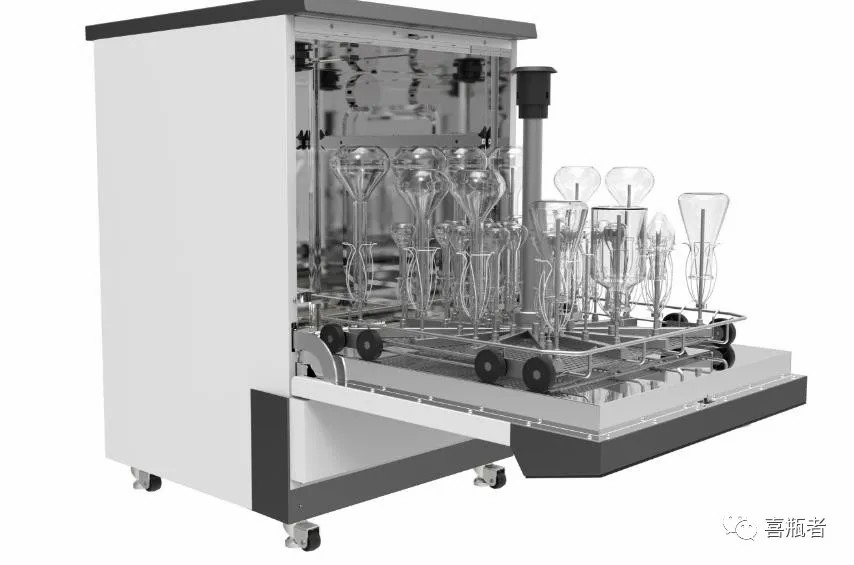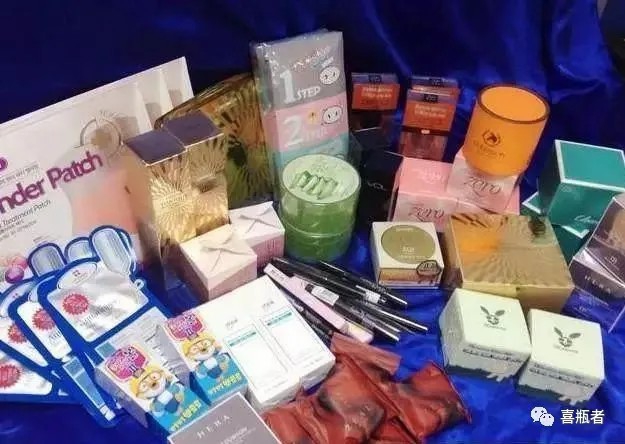Whitening creams, facial masks, skin care lotions, hair dyes… Nowadays, there are a wide variety of cosmetic products on the market and they are emerging in endlessly, which are deeply favored by beauty lovers. However, cosmetics are originally used for skin care and skin beautification and cleansing when used on the human body. However, the safety of cosmetics is a more important prerequisite than efficacy. Otherwise, when the human body comes into contact with unqualified inferior cosmetics, various physical and mental hazards such as allergies, hair loss, disfigurement, and carcinogenesis may occur.
Because of this, many cosmetics companies’ own R&D departments and laboratories affiliated to quality inspection departments will test the ingredients of cosmetics’ product raw materials, packaging materials, semi-finished products, and finished products. Only after assessing the quality and safety in compliance with the relevant quality control standards can a product qualification certificate be issued. It can be seen that the identification and testing of cosmetics in the laboratory has become the first barrier to protect the health and safety of consumers.
So, what are the main contents of cosmetic safety testing?
In a regular cosmetics manufacturer, heavy metal testing, microbial testing, preservative testing, active substance content testing, and other prohibited and restricted substances are more common in toxicological testing and analysis items. Take the heavy metal trace element chromium as an example: chromium, chromic acid, metallic chromium, and hexavalent chromium are not directly present in cosmetics. However, in the process of cosmetics production and development, there are chromium-containing polluting compounds in glass containers, such as Cr6+. This requires laboratories to perform determination and analysis, and then propose solutions.
However, the quality and safety testing journey of cosmetics in the laboratory does not end here.
The second hurdle faced by cosmetics companies is that the relevant state supervision departments conduct random inspections on the cosmetics that have been in circulation to ensure the healthy and orderly development of the market. For example, whether the lead, arsenic, mercury, bacterial colony count, p-phenylenediamine, disperse dyes, etc. in cosmetic products exceed the standard, or whether there are banned substances such as meta-phenylenediamine and phthalates. Sometimes these experimental tasks are also entrusted to the laboratories of third-party testing institutions. Similarly, this must be confirmed through sampling tests before the quality inspection report can be issued to cosmetics companies and their products in accordance with legal norms.
It is not difficult to imagine that in order to gain a first-hand advantage in the fierce market competition, as the new frequency of research and development of cosmetics companies continues to increase, this means that the workload of the laboratory will also increase.
However, whether it is a laboratory of a cosmetics company, a laboratory of a government department, or a third-party testing laboratory, the task of cosmetics testing is very arduous, and it is inevitable to increase the number of experimental equipment in order to improve efficiency. Especially in order to ensure the accuracy of the test results, the cleanliness of the glassware used in the experiment must be solved first. Faced with this challenge, the role of laboratory glassware washer has become more and more important. Because the automatic glassware washer can not only provide large-scale, intelligent and thorough cleaning of pollutants for laboratory glassware, but also safer and more environmentally friendly during use. The relevant data recorded can also help provide an effective reference when testing the quality of cosmetics.
Don’t let pampering become hurt. Eliminate the illegal addition of prohibited and restricted substances, and ensure the scientificity, stability and effectiveness of cosmetic products. This concerns the rights and safety of consumers, and is where producers and regulators fulfill their commitments and responsibilities. The key to the safety of cosmetics depends on the accuracy of laboratory test results. Only by getting real experimental analysis and conclusions can we have a real say.
Post time: Apr-16-2021





